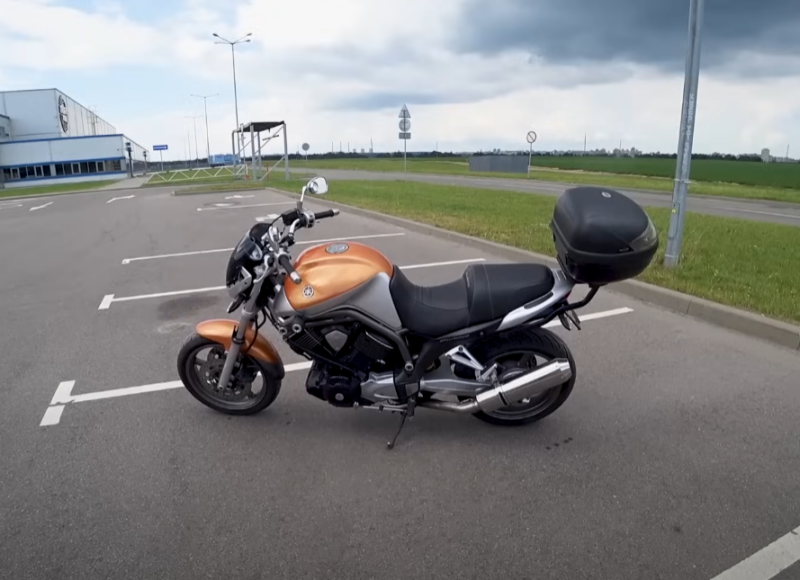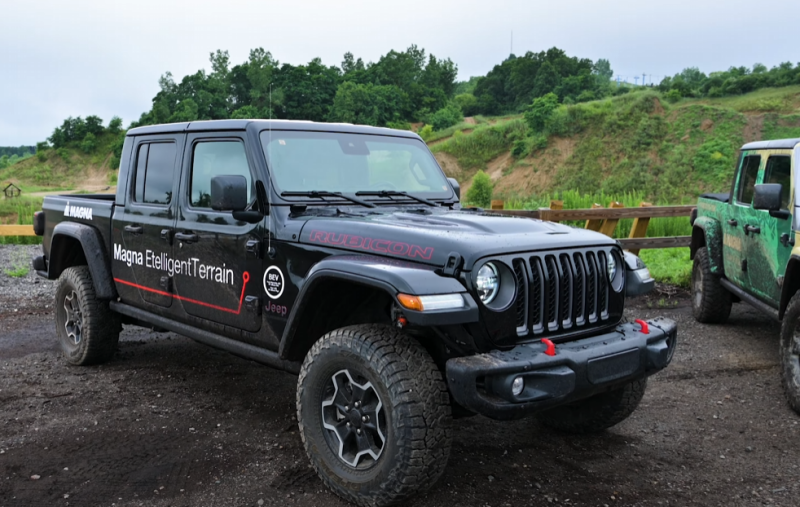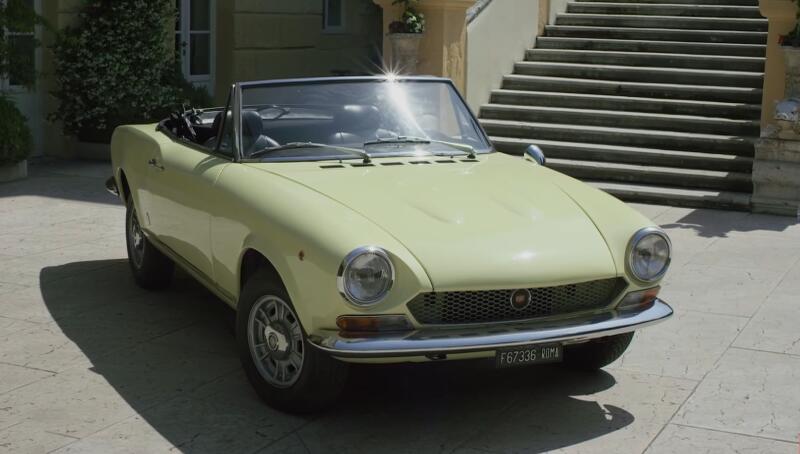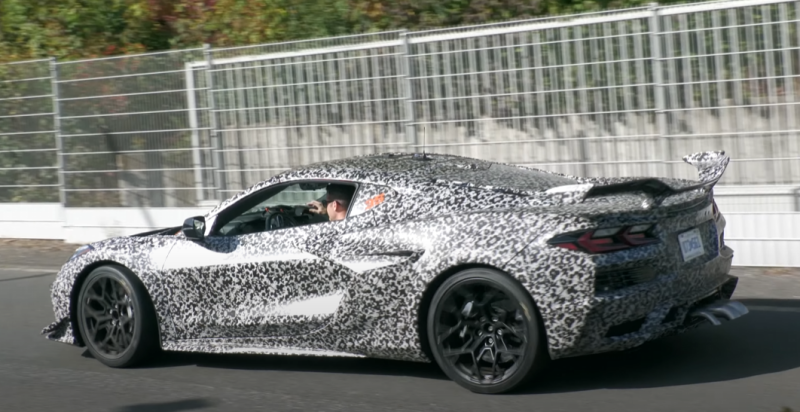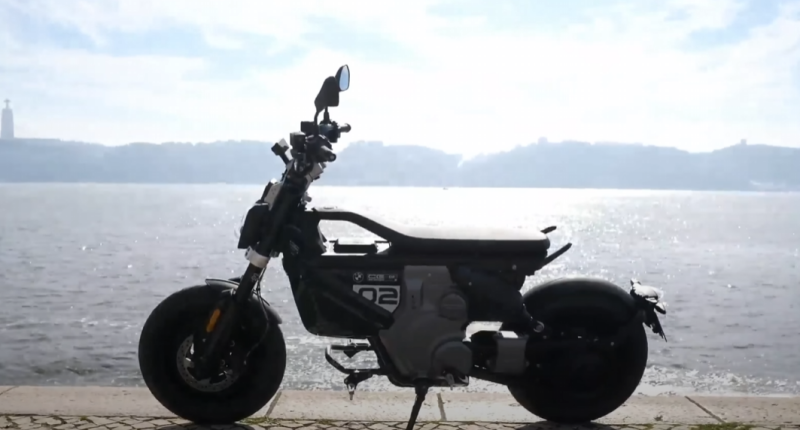★ 5 - load class with a total weight of 14 to 20 tons
★ 3 – truck
★ 20 - factory model number
It is noteworthy that the car came out on the eve of the 25th Congress of the Communist Party of the USSR. The event of the year was scheduled for February 24, 1976, and the first KAMAZ left the assembly shop a week before. On the hood was the inscription "KAMAZ No. 0000001 XXV Congress."

The plate of the very first car of the KamAZ 5320 model. Photo: youtube.com
At that time, there was a tradition in Soviet society to dedicate significant labor accomplishments to significant events.
So solemnly "left" to work in the national economy, the firstborn of the KamAZ 5320 plant.
Its release continued until 2001. For nearly 25 years, this hard worker has been in demand in the country's fleets. Moreover, the dream of many drivers in the Soviet Union was to get it brand new, straight from the factory. He was loved and remembered with warmth despite the fact that this is far from an ideal truck.
What is remarkable about 5320?
The development of the machine began long before 76. A developing country needed a truck with a larger carrying capacity, more economical and technologically advanced. The development was entrusted to the design bureau of the Likhachev plant.
ZIL specialists developed the car, taking the 1962 American International tractor as a model. The cabover layout and 6 * 4 wheel scheme are borrowed from the American.
Several samples of experimental ZiLs were produced and tested. Based on the results of the tests, improvements were made and, by the start of the launch of the car plant in Naberezhnye Chelny, the technical documentation was transferred to the KamAZ Design Bureau. All further developments were made in Tatarstan. This is a completely domestic project.
Until 1976, cabovers were rarely seen on the roads of the country. Only MAZ 500 and Colchis (KAZ 605) went.
And then he appeared - KamAZ 5320. It is incredibly difficult to convey the feelings of the drivers of jeeps and zils when they, in some provincial ATP, were handed the keys to the new KamAZ.

KamAZ 5320 quickly replaced other models, becoming the main "workhorse" of the national economy of the USSR. Photo: youtube.com
The car caused mixed feelings. From delight to distrust of design solutions. And there were really a lot of new products in the car. Starting with the appearance and ending with the hinges for closing the sides.
Cabin
Have you ever sat in the cab of a GAZ 51 (52) or 157 ZIL? A driver who moved from an old ZIL 130 or MMZ 555 seemed to fall into another, more comfortable world. I began to understand that it is possible to work in warmth and silence. See the road, not the hood. Manage without stress. Remember, it was 1976.

KAMAZ 5320: driver's workplace. Photo: youtube.com
The interior is comfortable and relatively quiet. Dashboard, dashboard is divided into three sections. Glove box with a hinged lid. The primus type "Bumblebee" fits perfectly on it. The central part, also hinged, with control keys for electrical systems and a fuse box.

The ergonomics of KamAZ 5320 at that time was the best in the USSR. Photo: youtube.com
On the instrument panel, in addition to the speedometer, there is an air pressure gauge, a tachometer. Analog sensors for engine temperature, fuel level in the tank and voltage in the on-board network.
The heater of salon differed in the big productivity and return. Not a single truck had warmer than in the cabin of KamAZ at that time. Cabin triple, with separate seats. And the driver's seat, ATTENTION!!! - even with a shock absorber! And there's a lift hatch for extreme heat.
Excellent visibility is provided by:
★ two-piece windshield
★ big mirrors
★ driver seat height
The width of the cabin in the size of the body made it possible to see what was happening from the side, directly from the window with a rotating window.
Ceiling and rear paneling in perforated artificial leather. Door cards are plastic. According to modern requirements, this is such a small thing, and then a breakthrough. In such a cabin, you can go far and long.

KAMAZ 5320: plastic door trim. Photo: youtube.com
In long-distance transportation, tarpaulin KamAZ trucks very quickly began to prevail. That's just sleeping in the cockpit 5320 was uncomfortable. The mattress will not fit on the seats. And that's where the "improvements" began.

KamAZ 5320 was extremely inconvenient on long journeys without a sleeping bag. Photo: youtube.com
Passenger seats were thrown out and a frame welded from a corner was put in their place. The bottom was filled with boards or plywood. It turned out to be a sleeping place.

KAMAZ 5320: parking brake system. Photo: youtube.com
True, it was necessary to transfer the handbrake tap either to the front of the hood, or to put it to the left of the driver's seat. But amateur performances were quickly stopped. In 1978, modification 53212 appeared with a sleeping bag and a carrying capacity increased to 10 tons.
Мотор
The K-740 engine was also a curiosity. The V-shaped eight gave out 180 liters. With. Separate block heads, fluid coupling of the cooling system, which automatically turned on the fan. Conveniently located equipment (TNVD), with a prudently installed manual pump.

KAMAZ 5320: engine. Photo: youtube.com
For the first time, a paper air filter was installed on Soviet mass-produced trucks. An ejector self-cleaning system from debris and dust was implemented in the case. The motor was developed taking into account the most advanced technologies at that time.
When working, he made a sound that could not be confused with others. Characteristic dry crack.
The power of the internal combustion engine is enough for a confident ride with a full load, even with a trailer. Load capacity - 8 tons tractor and 8 trailer. Overloading was prohibited by regulatory documents and severely punished. Yes, and in Soviet times it was useless. It was allowed to load more than the norm by no more than 10%. A successful or very thoughtful combination of an engine with a manual transmission provided good traction and a smooth ride.
Transmission
Reliable and durable unit. Taking into account the fact that a power divider was installed on it, it had 10 gears, five of which were low gears. Switching to a lower row occurs with the help of an air valve. It is activated by throwing a flag on the lever handle. Convenient and simple. The box is synchronized and does not require a "double squeeze". Transfers are included clearly without crunches and jumps. The dual disc dry clutch disengaged very easily. The designers took care of this and installed a CCGT (pneumohydraulic amplifier) on the casing.
All these changes, combined with the power steering, gave a feeling of unprecedented comfort.
Chassis and brakes
The front was not of particular interest. An ordinary beam with a pivot swivel mechanism.
The rear bogie consists of two axles with one-piece crankcases. A center differential is installed on the middle axle. It is designed to redistribute torque between axles. It has a pneumatic valve to enable "blocking". Turns on with a button on the instrument panel.
The body of this model has light metal sides and a wooden floor. The floor shields are removable, due to which, when repairing gearboxes or gearboxes, the necessary shield was removed and access was opened from above. The brake system is pneumatic, multi-circuit. Spring power accumulators are installed on the rear axles.
Back in 1976, the car was just beginning to enter the fleet. And almost immediately the shortcomings of the designers and weaknesses began to appear.
There were enough problem nodes and systems
Among the obvious and constantly emerging were, and certainly still are, the following:
★ Leakage of oil and antifreeze. Heads can leak, and block head covers, windshield and pan, compressor and equipment, and all at once.
★Air leaks. The entire pneumatic system is made of steel tubes, on which, due to vibration during movement, the tightening constantly weakened and the tubes themselves were wiped.
The pneumatic system is a real headache for drivers. She was especially annoying in the winter. If you do not drain the condensate from the receivers, then problems in frost are guaranteed. It froze so that it was not always possible to warm up with a blowtorch. They tried to solve the problem by installing a device called the “Freeze Fuse”.
Alcohol was poured into it, which should evaporate and saturate the air in the system. Alcohol was given out in car fleets, but then you understand.
Another problem arose for those who worked in the mountains. Going down on a serpentine loaded with a trailer, drivers had to stop often and pump up the system to the desired pressure. The capacity of regular receivers was not enough. The compressor could not give out the required volume with frequent braking.

Despite the shortcomings of the model, the factory conveyor worked continuously - the country needed a lot of KamAZ trucks. Photo: youtube.com
Yes, the car turned out to be far from ideal and had many complaints, but it was KamAZ 5320 that worked en masse on the roads of the USSR and Russia. What is there! A large number of cars are still traveling on the roads! With timely maintenance and in good hands, they will serve for a long time.
This year, the model has an anniversary - 45 years have passed since the start of production. The past decades have put everything in its place. The machine is still working in the countryside, the 5320th is also found in cities. Private business willingly uses it. It will not be difficult to buy this legendary truck today - on popular auto sales sites there is a large selection of these trucks with a year of manufacture from 76 to the latest. Of course, it will not be easy to find a completely original copy in working order, but everything is possible.

KamAZ 5320 - after the 90s, not everyone was allowed to work for the good of the Motherland. Photo: youtube.com
Today KamAZ 5320 can cost 300 thousand rubles. and 800. It all depends on the year and condition. One thing is for sure: 100% original, restored and in perfect condition, the cars belong to the collectible class. Their prices are appropriate. Here it is, the legendary KamAZ 5320 bortovik. The margin of safety that our heroic ancestors put into the car allows the car to look ahead with confidence even after half a century. Who knows how much more he will take out?




